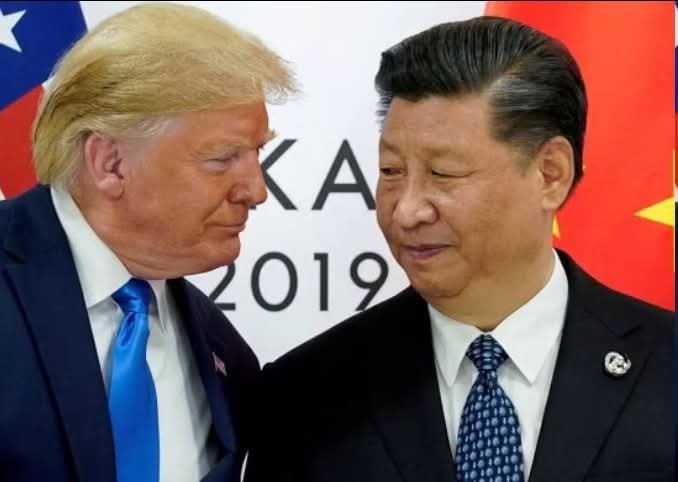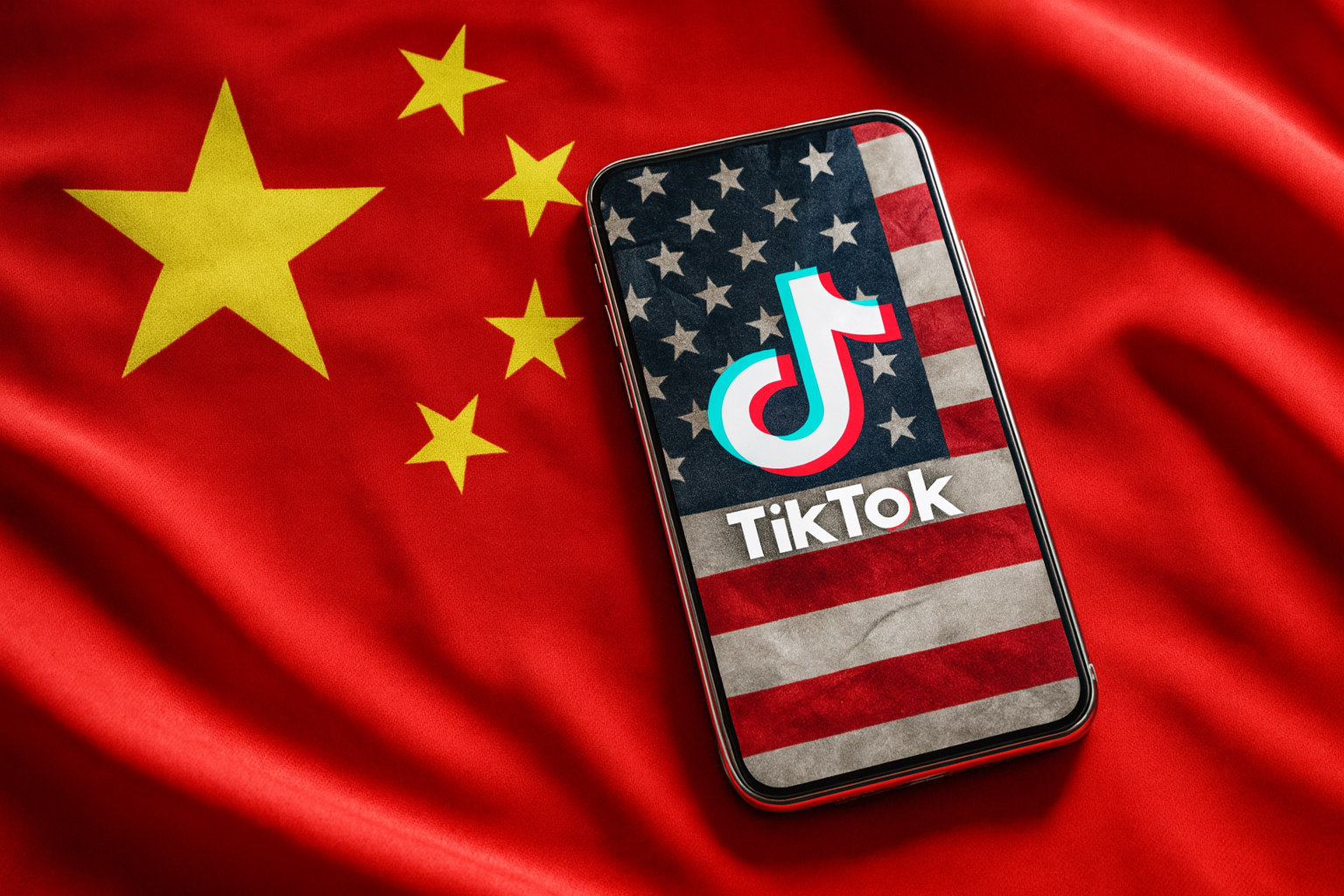On the surface, it’s just a scrolling app filled with dance clips and cooking hacks.
But Tik Tok rise is anything but ordinary.
The App That Hooked a Generation
In 2017, a Beijing start-up named ByteDance launched TikTok to the world.
Its rapid-fire, swipe-to-refresh design rewired human attention and turned the platform into the fastest social network ever to hit one billion users.
A key breakthrough came a year later when ByteDance merged TikTok with the lip-syncing service Musical.ly, instantly importing millions of U.S. teenagers and seeding a nationwide craze.
Today, approximately 170 million Americans, including more than 82 million daily users, open TikTok every month, making it one of the most influential apps of all time.
Yet, behind the memes and music lies a geopolitical chess match.
U.S. security researchers have documented extensive data harvesting, from GPS pings to biometric scans, all legally accessible to the Chinese Communist Party under Chinese law.
Washington has responded with bipartisan legislation and is now negotiating a deal that could transfer 80% of TikTok’s U.S. operations to an American consortium led by Oracle, Silver Lake, and Andreessen Horowitz.
The outcome could reshape how the United States treats foreign-owned digital infrastructure—and how investors think about the next frontier of technology risk.
Pushing Poison
TikTok and other social media platforms are flooded with bots and accounts controlled by employees of Chinese government-linked companies.
Their mission: conduct psychological warfare—psyops—on the U.S. population.
These accounts disseminate divisive messages, misinformation, and political narratives intended to undermine the United States and influence elections.
The most dangerous target is the long game—children and Gen Z (born 1997–2012).
In China, the domestic version of TikTok tells a different story.
Known as Douyin, it limits children to just 40 minutes a day and fills their feeds with science experiments, educational content, patriotic clips, and museum tours.
Meanwhile, the U.S. version bombards kids with viral junk.
Research from the Center for Countering Digital Hate found that TikTok systematically feeds videos on eating disorders and self-harm to children—sometimes as frequently as every 39 seconds.
No surprise, then, that more than half of Gen Z now aspire to become social media influencers rather than doctors, engineers, or scientists.
This is by design.
China plays the long game to manipulate the youngest and most naïve in Western society, shaping culture and elections while weakening future workforces.
These revelations fueled bipartisan support for HR 7521 – Protecting Americans from Foreign Adversary Controlled Applications Act, which empowers the U.S. president to force divestiture of foreign-controlled apps.
Representative Raja Krishnamoorthi summarized it bluntly:
“So long as it is owned by ByteDance and thus required to collaborate with the CCP, TikTok poses critical threats to our national security.”
The ultimatum to ByteDance is clear: divest or face a ban.
Negotiations are now producing a deal in which Oracle, Silver Lake, and Andreessen Horowitz would take majority control of TikTok’s U.S. technology and operations.
A new American-controlled version of the app will undergo rigorous security testing to remove backdoors and CCP influence.
For perspective: China bans TikTok inside its own borders.
Its citizens use Douyin—a platform designed to educate and unify, while the export version sows division abroad.
The contrast says everything.

From Social Feeds to AI Chains
While Washington wrestles with TikTok, another trend is quietly forming in the shadows of Big Tech: AI coins.
Artificial intelligence may dominate headlines, but most investors are still chasing hardware stories—Nvidia chips, data-center REITs, and cloud contracts.
What they’re missing is that AI isn’t just a computation problem; it’s also a coordination problem.
Training large models requires vast networks of GPUs, trusted data exchanges, and incentive systems to share compute power globally.
This is where blockchain technology—and the cryptocurrencies that secure it—becomes essential.
Why AI Coins Matter
AI coins represent tokens that fuel decentralized compute networks, AI data markets, and agent-to-agent payments.
Think of them as the monetary layer for machine intelligence.
- Tiny Market Caps: Many trade for cents on the dollar, far below the trillion-dollar valuations of traditional AI equities.
- Explosive Demand: Global AI spending is projected to exceed $1 trillion by 2030, creating a natural demand for distributed computing.
- Regulatory Openings: U.S. agencies are already exploring blockchain for secure data handling, which could legitimize AI-crypto hybrids.
It’s a setup that rewards early movers—characterized by high volatility, high potential, and a narrative that Wall Street has barely begun to price.
The Takeaway for BitVision Readers
TikTok demonstrates how quickly a single platform can reshape culture, politics, and global power.
AI coins could do the same for finance and computing, offering early investors the kind of asymmetric upside last seen in the early days of Bitcoin or Ethereum.
As governments tighten their grip on centralized platforms, capital may flow to open, tokenized networks that can’t be controlled by any single state or company.
For those willing to navigate volatility, the marriage of AI and blockchain could be the next digital gold rush.
Stay watchful.
The next supercycle may not be built on social media feeds—it may be minted in AI coins.
